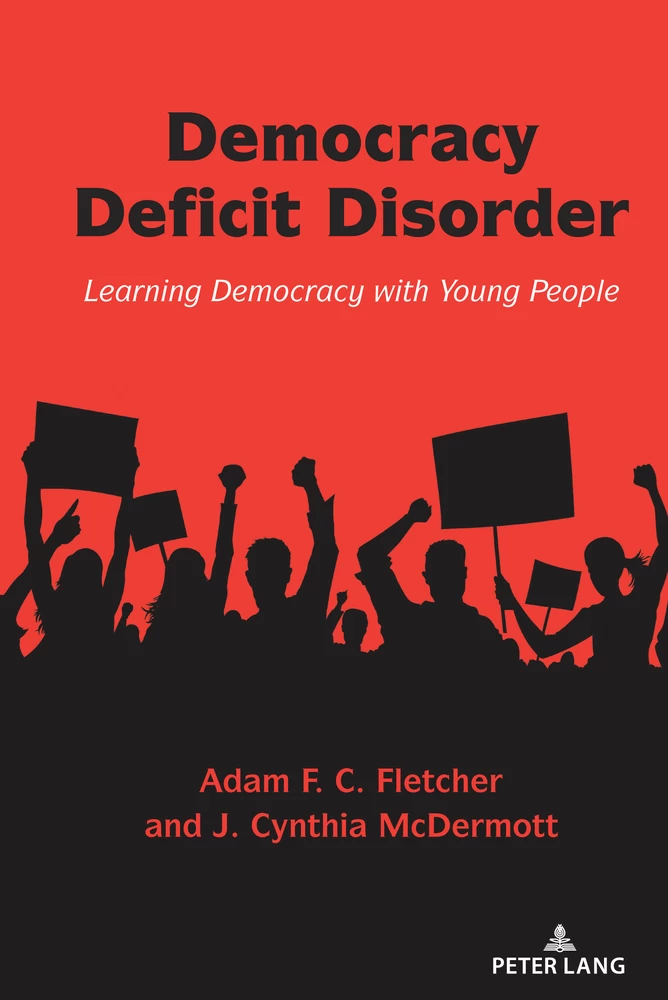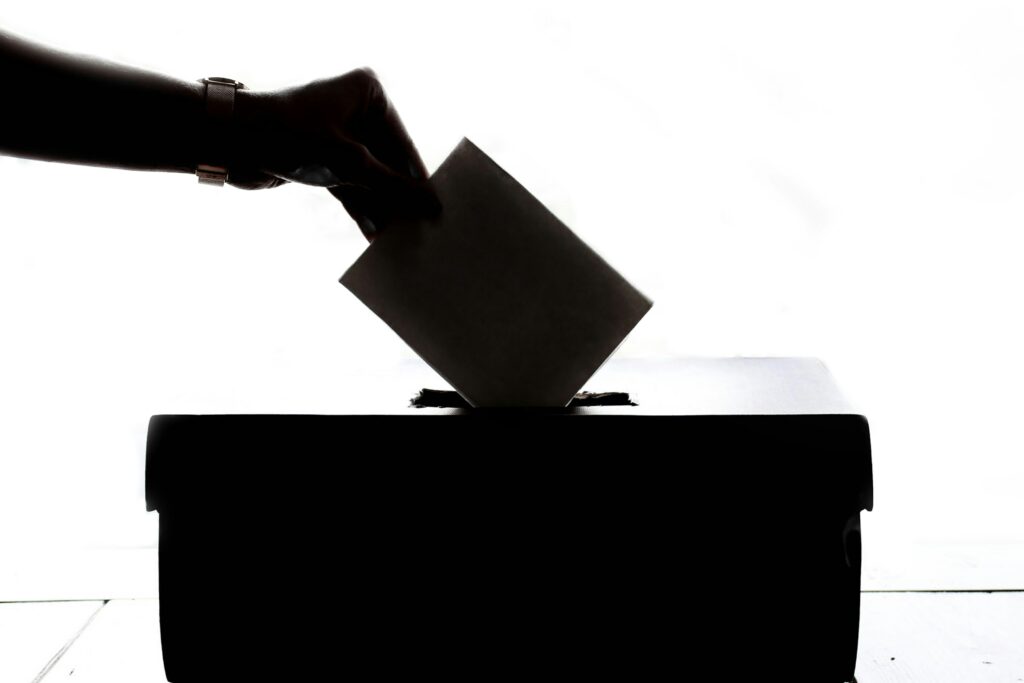Around the world today, there is a challenge to the most common organizing structure for society today. Never easily rested upon, democracy has required constant invention, reinvention and transformation since the earliest peoples practiced it, whether among the Greeks 2,700 years ago, the Indians 3,100 years ago, or Native American nations in the last 2,000 years. Right now, there is a lot being done to damage, harm, and wreck democracy worldwide, even after decades of active attempts to encourage, proselytize and even force democracy worldwide.
Why a “disorder”?
The World Health Organization defines a disorder as “a clinically significant disturbance in an individual’s cognition, emotional regulation, or behaviour.” The democracy deficit disorder is a significant disturbance in individual’s, communities’, and nations’ cognition, feelings about, and behaviors related to democracy.
Our cognition is the way we think about things. The ways our society has thought about democracy have expanded greatly since the American experiment began in 1776. Obviously government is the greatest function of democracy — which is majority rule — in our society. Today though, we apply democracy to many institutions, elements, factors and components like education, neighborhoods, and even families.
Feelings about democracy require balance with thinking things through. There are many sentimental ideas about democracy, including the feelings of passion, empathy and solidarity that lead to inclusivity, equity and empowerment. However, there are also other feelings about democracy, including cynicism, intransigence and even antipathy. Feelings are used to capture attention, divert resources, undermine paradigms and transform cultures.
Finally, there are our democratic behaviors. This can look like many things, including active listening, deliberate teamwork, obvious flexibility, and intellectual humility. These are particularly democratic because they focus on reciprocity, inclusion and belonging, and by using them as actions we see them as outcomes because each behavior is what democracy looks like in process.
The democracy deficit disorder exists because each of these elements is being actively and passively, overtly and subversively challenged by dominant powers in society. These powers are motivated by power and driven by violence, whether they are economic, cultural, social, political or otherwise.
There is hope!
There is hope though, and it is young people. Throughout the history of the American experiment, children and youth have continuously kept the flame of potential shining brightly for democracy. Working with adults as partners, young people have been addressing countless issues at the core of democracy, taking direct actions to keep democracy alive, and driven structural, elemental and powerful strategies to keep the democracy alive.
By dedicating, concentrating and sustaining action by young people focused on saving democracy, we can ensure leadership by the people, for the people continues. Political misdirection, environmental calamities, wars, social unrest, economic upheaval and more challenges have rocked the foundations of the United States since its foundation, and other democracies worldwide have faced these realities, too. Their innate belief in freedom and dedication to justice have ensured children and youth the standard bearers of a better society worldwide. They are the hope we need right now.
In May 2023, Peter Lang Group published a new book by Adam F.C. Fletcher and J. Cynthia McDermott called Democracy Deficit Disorder: Learning Democracy with Young People. Exploring everything in this blog post and much more, the book is going to become an essential read for youth workers, community organizers, government workers, educators, and others.












